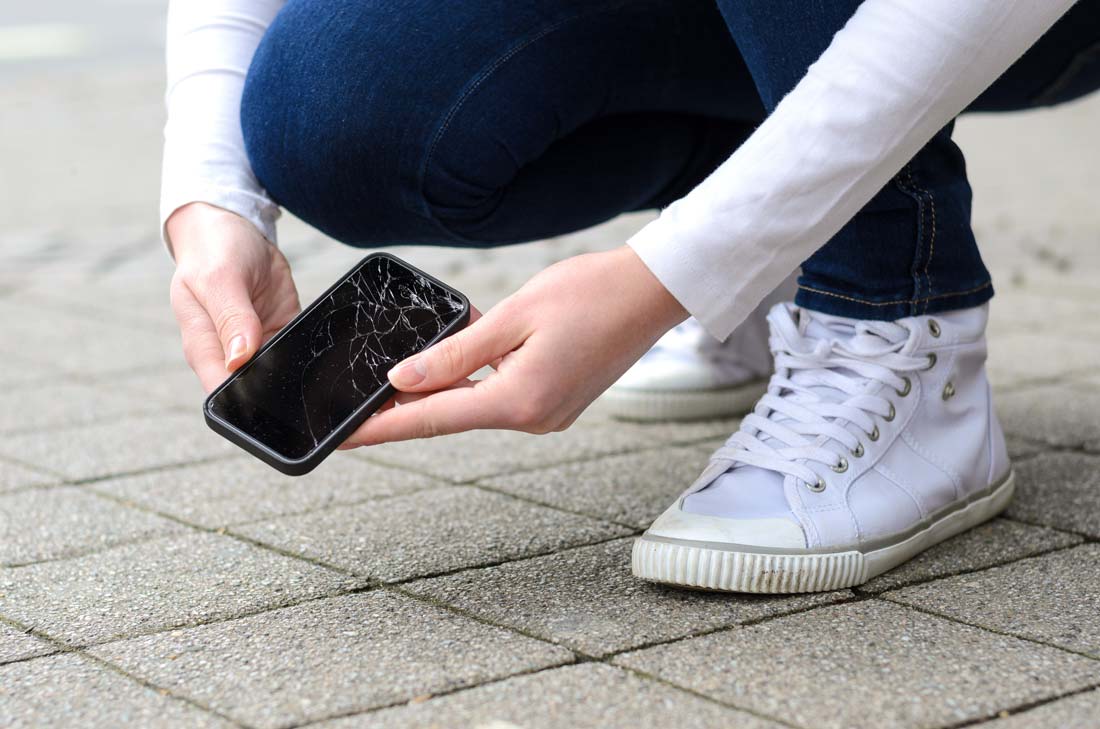The value of vehicles will fluctuate over time. This depends on a variety of factors including the wear and tear of the vehicle and the overall market for cars. While there are exceptions in vintage collections and limited-edition models, most cars will eventually lose their value.
Depreciation of your vehicle over time is normal and to be expected, however it can put you in a difficult situation. This is especially true if you find yourself upside down in your car loan. We’ve put together this guide to help you understand what that means and how to get out of the situation.
What Does it Mean to be Upside Down in Your Loan?
If you have an auto loan on your vehicle and the value of your vehicle decreases, you may find that you owe more on your loan than the car is worth. This is when you become upside down in your car loan.
Being in an upside-down car loan can have devastating consequences if you’re unprepared. If you get into a car crash and the vehicle is totaled, you’ll be liable at that point to make up the difference between the value of the vehicle paid out by the insurance and the rest of the loan that you owe. The same situation applies to selling the vehicle – you’ll have to make up the difference between the sale price of the vehicle and the loan amount with a lump sum payment.
How to Calculate Equity in an Auto Loan
Equity is the value of the ownership you have. In the case of your vehicle and auto loan, your equity is the amount of your car’s value that you own. You can have positive or negative equity in the vehicle.
To calculate the equity in your auto loan, you’ll need to know the current value of your vehicle and the amount that you owe on your auto loan. When finding the vehicle’s value, do some research and check a few different sources to compare values. To determine the equity you hold, subtract the amount you owe from the current value. For example, if your car is worth $25,000 and you owe $18,000, then the total equity you have in your vehicle is $7,000.
When the total equity of your vehicle is a negative number then you have negative equity in your vehicle. If, in our example, your car is worth $25,000 and you still owe $30,000, then you have a negative equity of $5,000. This is how you’ll find yourself in an upside down auto loan. It’s important to take the time to calculate the equity of your vehicle to see if you have positive or negative equity in the vehicle.
Getting Out of Your Upside Down Loan
If you’ve found yourself upside down in your car loan, there are some steps you can take to help. These steps will help you navigate the difficult situation…
Make Extra Payments
If you can afford to make any extra payments on your auto loan, you can start the process of offsetting the depreciation gap. These payments can be a great way to catch up with the depreciation and to no longer be upside down in your loan. Putting extra cash each month or bonus money towards these additional payments can be a great way to pay it down without impacting your budget.
Make Larger Payments
Similarly, if you can afford to make a larger payment for your auto loan, rather than the minimum set payment, this can also help your situation. Whether it’s adding $50 each month or doubling your payment, this amount can add up quickly to help pay down the loan balance to match your vehicle’s value.
Refinance the Loan
Refinancing your auto loan can be a great way to modify your loan to be a better fit for your situation. While this may involve paying some additional money towards the loan, this can also be an opportunity to better match the loan to the depreciation rate of the vehicle. You can also use this to adjust your monthly payments or get a better interest rate which will allow you to pay down the loan more quickly.
Related: When Should I Refinance My Car?
Sell the Car
As mentioned previously, if you sell the car then you will still have to make up the difference between the value of the car and the amount owed on the vehicle. However, if you can pay the lump sum amount of negative equity, you can avoid falling further into the situation. This is especially helpful if your car continues to depreciate faster than you’re able to pay the loan down.
Utilize GAP Insurance
While you may not have the option to purchase this protection now, it’s something to consider in the future to help you avoid being upside down in your loan. Guaranteed Asset Protection (GAP) Insurance is an optional, add-on coverage for your vehicle that helps to cover the gap between the cars value and the amount that you owe in the case of the vehicle being considered totaled, or a total loss. This means that the GAP insurance can help cover the amount that your regular insurance won’t so that you don’t have to.
Finding yourself upside down in your car loan can be a difficult situation and may make you feel stuck. If you need help with your auto loan or would like assistance walking through options, our specialists at Wasatch Peaks can help – just stop by your local branch or give us a call at 801-627-8700. Remember that you do have options that can help get you back on track with your equity.
Learn more about our competitive auto loan rates and flexible repayment options.



